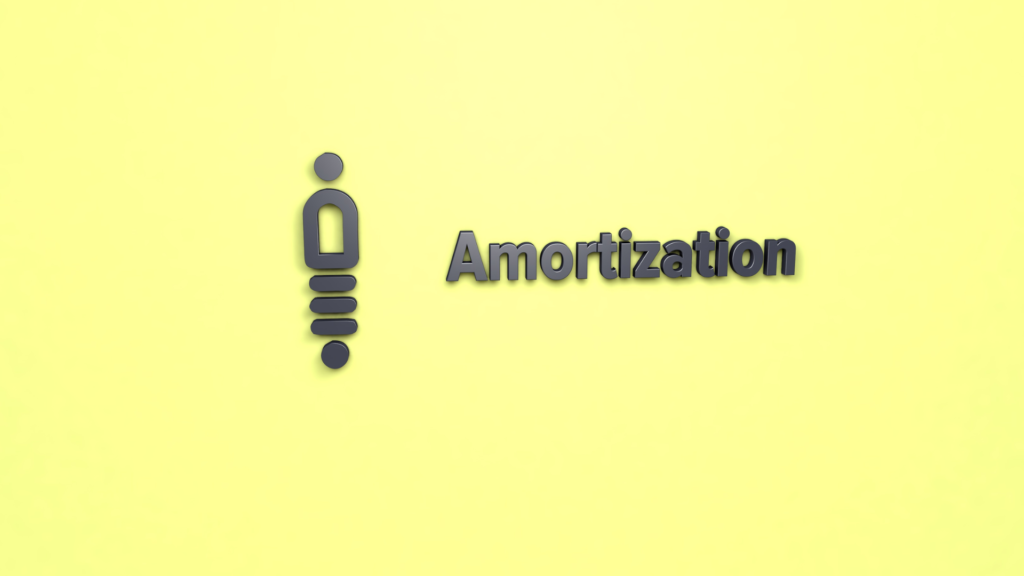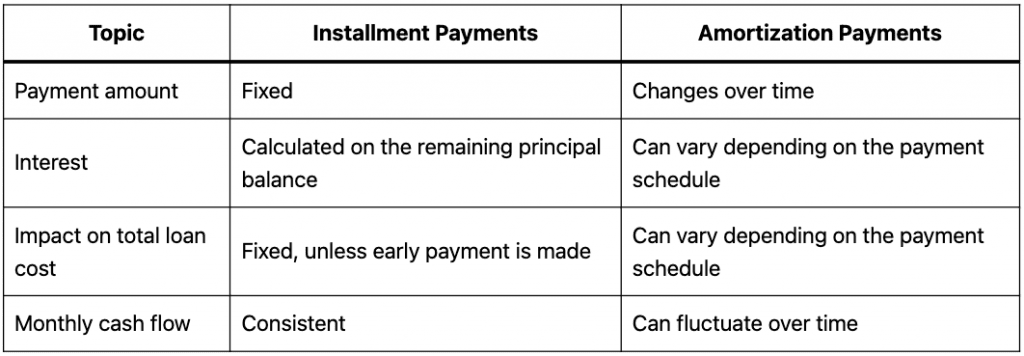
Business owners ought to evaluate the benefits and drawbacks of straight-line amortization to find out if it’s the applicable methodology to make use of their enterprise. Include an annual entry for amortization expenses that reduces the asset account until it reaches zero. The tax treatment of income generated from patents, such as licensing fees or royalties, also plays a significant role.
Understanding the Basics of Patent Costs
The concept is akin to depreciation, which is used for tangible assets, but amortization is specifically for intangible assets like patents. This process not only affects the company’s financial statements by spreading the cost of the patent over several years but also has tax implications, irs hours of operation as the amortization expense is deductible. Patents significantly influence a company’s financial statements, affecting both the balance sheet and the income statement. On the balance sheet, patents are listed as intangible assets, contributing to the company’s total asset base.
What are the generally accepted accounting principles for the amortization of patent costs?
For instance, upfront payments are typically recognized as revenue when the license is granted, while ongoing royalties are recognized as they are earned, often based on the licensee’s sales or usage metrics. Patents represent a significant asset for many companies, offering both competitive advantages and financial benefits. Understanding how to account for patents is crucial for accurate financial reporting and strategic business planning. Essentially, the accountant will convert net income to actual cash flow by de-accruing it through a process of identifying any non-cash expenses for the period from the income statement. The most common and consistent of these are depreciation, the reduction in the value of an asset over time, and amortization, the spreading of payments over multiple periods.
How to record amortization expenses
- Long-term productive assets (also known as non-current assets or fixed assets) are purchased to be kept and used in business for a long period of time.
- This amortization can provide a tax shield, reducing taxable income over the years as the patent’s cost is expensed.
- This immediate recognition can lead to significant fluctuations in profitability, especially for companies heavily invested in innovation and intellectual property.
- When we prepare a statement of cash flows, we are concerned only with cash transactions.
- This clarity is essential for effective budgeting and financial planning, ensuring that resources are allocated efficiently and that the patent remains protected throughout its lifecycle.
Direct costs such as legal fees, registration fees, and design and development costs directly attributable to the creation of the patent can be included in the asset’s value. However, indirect costs or research costs aimed at the discovery of new knowledge are expensed as incurred and are not included in the patent’s capitalized cost. From an accounting standpoint, goodwill is internally generated and is not recorded as an asset unless it is purchased during the acquisition of another company. The purchase of goodwill occurs when one company buys another company for an amount greater than the total value of the company’s net assets. The value difference between net assets and the purchase price is then recorded as goodwill on the purchaser’s financial statements.
Patent Licensing & Revenue Recognition
This process, which involves the gradual write-off of the cost of a patent over its useful life, is not just a financial maneuver but a strategic move that can have significant legal implications. Effective patent amortization requires a multifaceted approach that considers financial reporting, tax implications, and strategic planning. By employing these strategies, inventors and companies can optimize the financial benefits of their patents. From the inventor’s or company’s standpoint, effective patent amortization can be a tool for strategic financial planning. By carefully selecting the amortization method and timing, a company can manage its earnings and tax liabilities. The straight-line method is commonly used, where the patent’s cost is evenly spread over its useful life.
Monthly amortization expense relates to a company’s normal operating activities, hence the inclusion in operating activities. Report the patent purchase on the statement of cash flows by listing an outflow for the total price paid for the patent. For example, imagine that your small enterprise acquires an organization with property with an actual worth of $100,000 and liabilities totaling $50,000. The calculation for the straight-line methodology is ($100,000 – $50,000) / 5, which equals $10,000.

If you’re a manager, it can help you more effectively manage budgets, oversee your team, and develop closer relationships with leadership—ultimately allowing you to play a larger role within your organization. To claim your deduction for amortization, use Form 4562, Depreciation and Amortization. Because $38,608.67 minus $7,700 is greater than zero, from an investment standpoint paying the maintenance fees seems to make sense. In the subsequent step, we’ll calculate annual amortization with our 10-year useful life assumption. In addition to years of corporate accounting experience, he teaches online accounting courses for two universities.
Unlike physical assets that depreciate over time due to wear and tear, patents are intangible and their value diminishes as the exclusive rights they confer approach expiration. The amortization process involves systematically expensing the capitalized cost of the patent over its useful life, which is typically aligned with the legal life of the patent, often 20 years from the filing date. However, the useful life may be shorter if the economic benefits are expected to wane earlier. Once capitalized, patents are recorded as intangible assets on the balance sheet. Unlike tangible assets, patents do not depreciate but are subject to amortization.
For example, in the United States, the internal Revenue code Section 197 allows for the amortization of patents over a 15-year period, irrespective of the patent’s actual useful life. Additionally, entities are required to disclose the line items of the income statement in which the amortization of patents is included. This transparency helps users of financial statements assess the impact of the amortization expense on the entity’s profitability. Amortization is the process of spreading out an intangible asset’s cost over a certain period of time in accounting.
If your company owns a patent, you must amortize it over the life of that patent. Amortization is the process of spreading the cost of the patent over a specific time period. Patents are recorded as an asset, and each year, you have to record the amortization expense of that asset. Understanding the role of patent life in amortization is essential for inventors and businesses to make informed financial decisions and maintain compliance with accounting standards and tax regulations. It also provides insights into the strategic management of intellectual property assets over their useful life. Patents are a critical asset for many companies, often underpinning their competitive advantage and future revenue streams.
If an impairment is identified, the asset’s value must be written down to its recoverable amount, and the impairment loss is recognized in the income statement. This ensures that the financial statements provide a realistic view of the company’s assets. To do so, debit the amortization expense account and credit the intangible asset. Patent protection grants the holder the exclusive rights to make, use, or sell their invention for a limited period.
